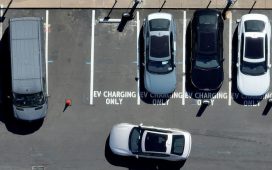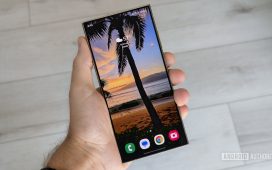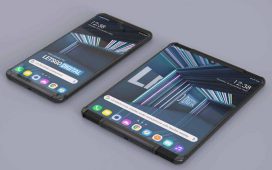One of the biggest advantages of electric vehicles is not only the fact that you can charge at home but that you can use your EV to power your home in the event of a power outage, or to save money by limiting power usage during peak periods. The ability for an EV to not only receive power but also supply it is called bidirectional charging — and if you live in an area with frequent power outages or other emergency situations, it can offer serious peace of mind.
Bidirectional charging is likely to become increasingly common over the next few years. If you’re an EV owner with the ability to charge at home, you’ll likely want to at least think about whether bidirectional charging could be helpful for you. Here’s everything you need to know about the technology, including its advantages and how to ensure you can implement it.
Advantages of bidirectional charging
There are plenty of advantages to allowing an electric vehicle to not only receive power but to supply it as well.
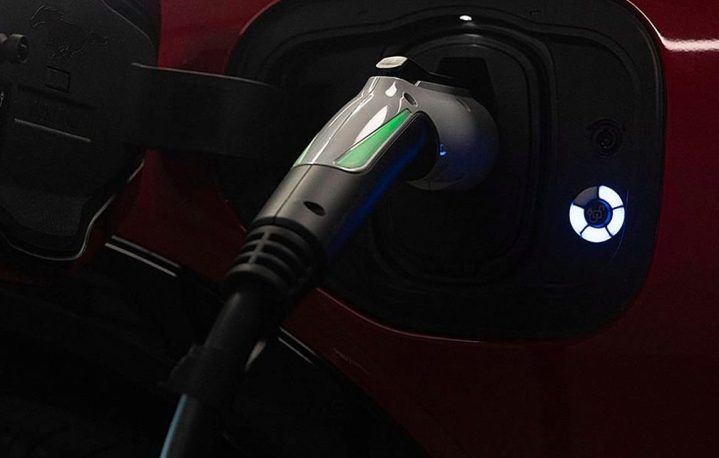
The most obvious advantage is the ability for your vehicle to act as a big battery for your home in the event of a power outage (called vehicle-to-home, or V2H). Theoretically, the battery inside an electric car is large enough to supply power to an average U.S. home for multiple days, which should be more than enough for most power outages that aren’t a result of massive disasters. In other words, if your area experiences power outages regularly, enabling bidirectional charging could mean that you never really feel the impact of them.
This can save on your energy bill in a few different ways. For starters, if you use your EV’s battery to power your home or certain appliances during peak hours, you won’t pay those peak electrical rates, instead only paying to charge and power the home during times of less demand. Additionally, some power companies are starting to offer incentives to those who implement bidirectional charging in a way that allows an EV to supply power to the grid.
Beyond simply powering your home, though, bidirectional charging could also help make the power grid more efficient. Called vehicle-to-grid (V2G) charging, this technology essentially allows an EV to send power through a converter back to the grid, usually in return for some kind of incentive on your energy bill. Often power is sent to the grid during peak demand, and your vehicle is then charged back up at night or when demand isn’t quite so high. This helps limit power outages and ensures that as demand grows, energy is distributed efficiently and inexpensively.
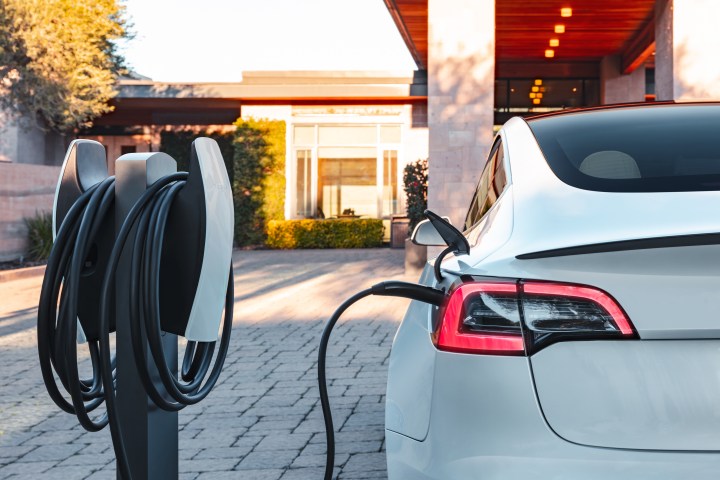
There are a few other use cases for bidirectional charging too. Notably, it can allow your car to supply power to appliances and tools when you’re out and about (called vehicle-to-load, or V2L), like when you’re camping. It can also allow your EV to charge another electric vehicle (vehicle-to-vehicle, or V2V), which can be very helpful if an EV completely runs out of power without being near a charging station. In V2L bidirectional charging, you’ll use power outlets installed directly into the vehicle itself. These are commonly found on more rugged vehicles like the Ford F-150 Lightning. In V2V bidirectional charging, you’ll need a power adapter that has a charging connector on both sides, and the vehicle supplying power will need to support it.
What you need to get started with bidirectional charging
To get set up with bidirectional charging, you’ll need both a car that supports it and a charger installed in your home that supports it. Here’s a look at some of those models.
The right car
Thankfully, there are a number of EV models that support bidirectional charging, and over the last few years, that list has grown dramatically. There’s the Ford F-150 Lightning, all of General Motors’ electric vehicles like the Blazer EV and the Cadillac Lyriq, all of the Hyundai Motor Group EVs like the Ioniq 5, EV6, and EV9, and even the Nissan Leaf.
It is worth double-checking that your vehicle supports bidirectional charging before you get too ahead of yourself, though. Some vehicles that you might assume support it don’t. For example, while the Tesla Cybertruck supports bidirectional charging, other Tesla models do not, and while the Ford F-150 Lightning supports it, the Mustang Mach-E doesn’t. Not only that, but at the time of this writing, Rivian vehicles didn’t support it either, though the company says that it will be enabling that feature at some point in the near future. We expect that it will be enabled through an over-the-air update that will allow current Rivian vehicles to supply power.
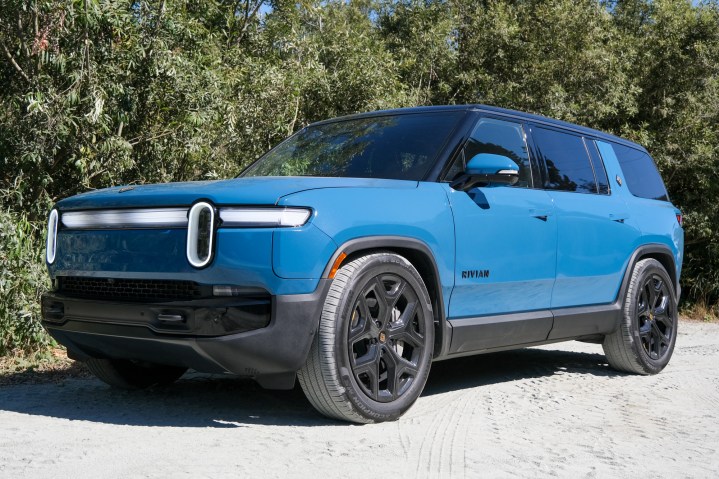
Unfortunately, on many electric vehicles, bidirectional charging support is available as an option rather than standard. That means that if you didn’t pay more for the feature when you originally bought your EV, you may not have access to it, even if you technically have a vehicle that’s supposed to support it. If you already have an EV, check the specifications of your car to see if it supports bidirectional charging technology. If you’re in the market for a new EV and want to make sure it supports bidirectional charging, double-check before you buy, and consider whether you’re willing to pay more for it.
The right charger
Of course, it’s not enough for a vehicle to support bidirectional charging. If you want to power your home, you’ll need a charger that supports it too, at least if you want V2H or V2G bidirectional charging. When you find one that supports bidirectional charging, you’ll need to get it installed by a certified professional to ensure that it can properly supply power to your home. Bidirectional charging support varies from vehicle to vehicle, which makes things even more complicated. For example, the Ford F-150 Lightning can only supply power to a home with the Ford Charge Station Pro.
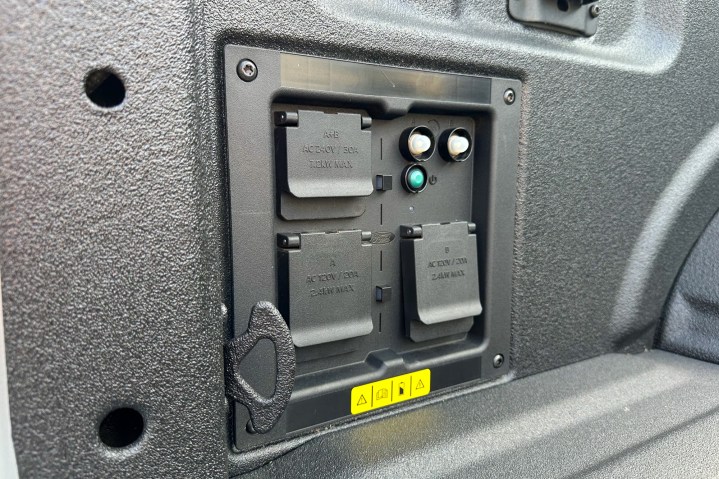
GM offers a relatively comprehensive V2H bundle for its vehicles, but the bundle is relatively expensive at $7,299. That said, it includes the GM Energy PowerShift Charger, along with a hub that facilitates the flow of electricity between a vehicle and a home.
Unfortunately, beyond that, options are very limited. Wallbox, known for its great EV chargers, currently offers the Wallbox Quasar that supports the tech, but it’s not widely available, and you’ll need to request a quote directly from the company to get it. It also announced the Wallbox Quasar 2 way back in 2020 but unfortunately, at the time of this writing in late 2024, that charger still wasn’t available, and there’s no word on when that will change.
Thankfully, it’s clear that both charger manufacturers and car makers are working on the tech, and while it’s likely to remain expensive over the next few years, hopefully, it will become more common and cheaper as soon as possible.
An outlook on bidirectional charging
Bidirectional charging, to be sure, is a very exciting technology, but unfortunately, it’s not fully ready just yet, mostly because of the lack of chargers available that support it. There are some options for those who happen to have the right car and who are willing to pay a premium for the technology. We’re hoping that the list of cars and chargers that support bidirectional charging will grow over time, eventually becoming standard.
For now, if you want to take advantage of V2H or V2G bidirectional charging, you’ll need to jump through some hoops to do so. Thankfully, for those who want to take advantage of the ability for an EV to charge or power an appliance or charge another vehicle, it is a much easier problem.

